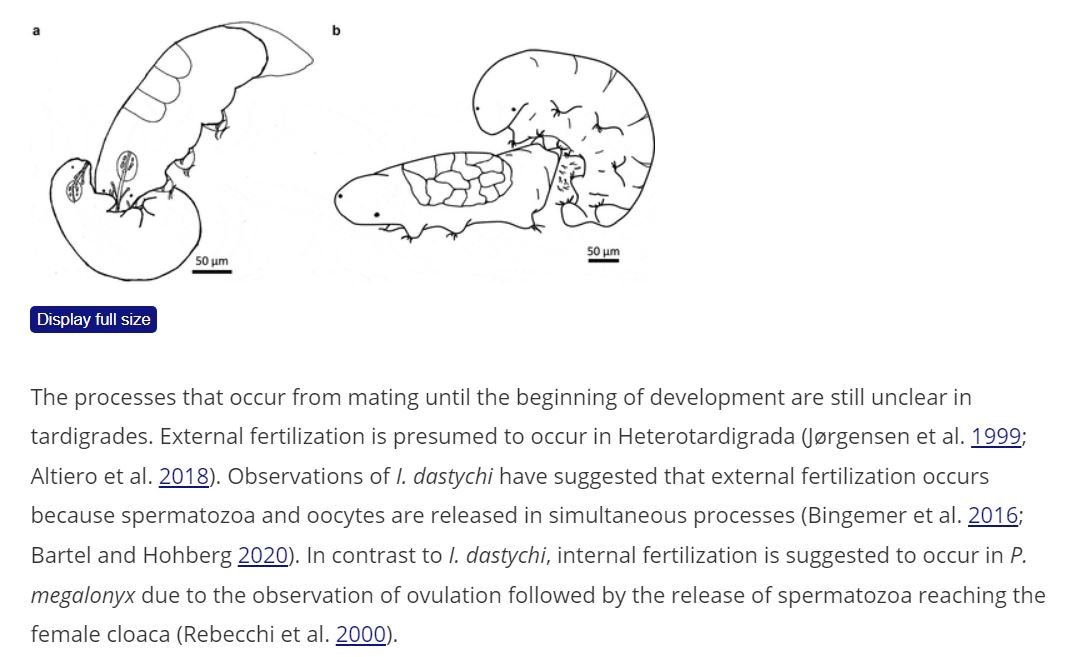Very, very odd ritual…
Some things cannot be explained using words
Although Tardigrades (“water bears” or “moss bears”) are already known to be strange, their mating is difficult to comprehend. Tardigrades can survive high doses of radiation, they can survive being is space , and they can be destroyed by adding the water too fast (don’t ask me how I know).
Up until recently, we didn’t know how exactly do they mate, but now we have the answer.
Quick explanation before we start: Maecenium blog posts are written is such way that the original scientific publications are presented in the raw-est possiblw form. Unlike other blogs where the original is completely changed and adapted to general public, we try to simply guide the readers through publications.
If you want to join us as a guest blogger, fill the form below as “Enthusiast” or as “Scientist”.
If you don’t know how to download scientific publications, we have a tutorial for you. It’s easy.
Close your eyes, some things cannot be un-seen :)
Let’s read together:
For mating, the male curled around the anterior end of the female exuvia, bringing his cloaca close to the mouth opening in the exuvia (Fig. 2). During mating he held the female with his first pair of legs, and the female stimulated the male by moving her stylets and contracting the sucking pharynx. Mating took about 1 h, and semen was ejaculated several times (visible under the light microscope). Exactly the same mating behaviour was observed more than 30 times in more than 30 tardigrade couples, and mating was also documented on video (Supplementary Material, Video S1).
Although being a biologist myself, this description left me speechless.
Five years later, another publication has described more conventional approach.
Bingemer, J., Hohberg, K. and Schill, R.O., 2016. First detailed observations on tardigrade mating behaviour and some aspects of the life history of Isohypsibius dastychi Pilato, Bertolani & Binda 1982 (Tardigrada, Isohypsibiidae). Zoological Journal of the Linnean Society, 178(4), pp.856-862.
Sugiura, K. and Matsumoto, M., 2021. Sexual reproductive behaviours of tardigrades: a review. Invertebrate Reproduction & Development, 65(4), pp.279-287.

Learn More About Tardigrades, Join the Challenge
After reading this curiosity fact, I hope that you like Tardigrades even more.
We have decided to make a series of posts devoted to Tardigrades:
Participate in Tardigrade Challenge, and raise awareness about them
The first project for which we will be fundraising will be focused on Tardigrades. You may donate (form down below), or you may buy anything, things that you would buy regularly and thus provide seamless donation to our Scientists.
If you liked this style of posts, and if you want to join us, consider guest blogging, online volunteering or online internship (regulations regarding internships may vary for your country).




